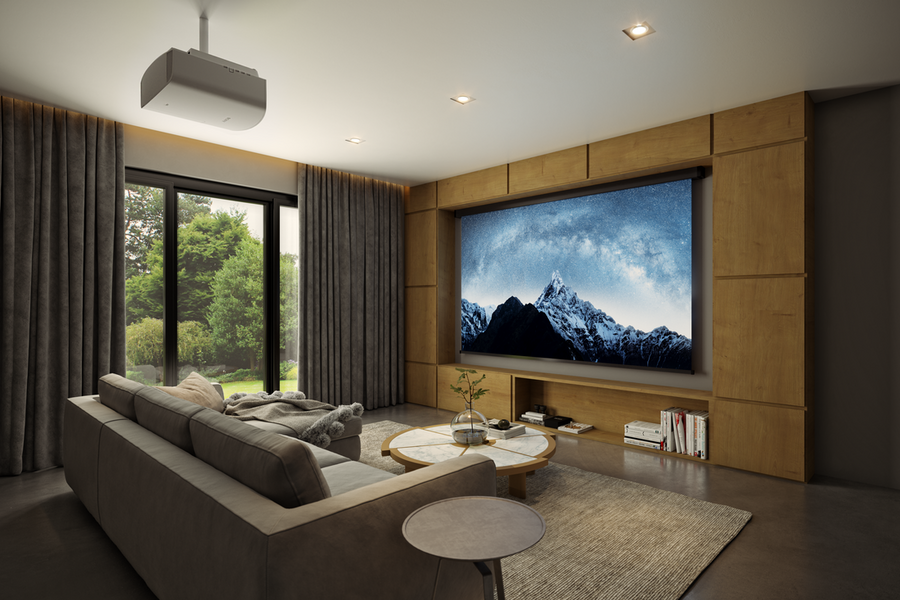A Pro Guide For How To Install the Perfect CCTV Setup to Meet Your Safety Requirements
A Pro Guide For How To Install the Perfect CCTV Setup to Meet Your Safety Requirements
Blog Article
When it pertains to ensuring safety and security, selecting the appropriate CCTV setup is essential. Closed-circuit television (CCTV) setups are widely utilized for monitoring in various environments, including residences, companies, and community areas. These systems help monitor actions, discourage criminal activity, and provide important proof in the event of incidents. Understanding the different components and characteristics of CCTV systems can aid people and entities make knowledgeable choices that best meet their security needs.
One of the first factors when selecting a CCTV setup is the kind of surveillance devices required. There are several varieties of cameras on the market, such as bulb cameras, projectile devices, and PTZ (pan-tilt-zoom) cameras. Bulb cameras are commonly employed for indoor surveillance due to their discreet design, while bullet cameras are more visible and are typically used outdoors. PTZ devices provide the capability to magnify in on particular locations and can be controlled remotely. Evaluating the specific environment and the areas that need surveillance will assist decide which type of camera is most suitable.
Another important consideration to consider is the clarity of the devices. Increased clarity cameras offer clearer pictures, which can be essential for identifying people or details in a setting. Common clarities include basic resolution (SD), elevated definition (HD), and superior definition (UHD). Although increased resolution devices may come at a increased cost, they can considerably enhance the efficacy of a surveillance system. It is also crucial to consider the illumination conditions in the area being observed, as some cameras are more suited to handle dim conditions than alternative options.
Storage options are also a critical aspect of CCTV setups. Footage footage can take up a substantial amount of storage, so it is crucial to select a system with sufficient capacity capacity. Many setups offer online storage, which enables for remote access to recordings and can offer extra safeguarding in case of burglary or destruction to the physical device. Alternatively, on-site options, such as digital footage devices (DVRs) or network video devices (NVRs), can be employed. Comprehending the storage requirements based on the number of cameras and the required holding duration for footage is crucial for effective monitoring.
Finally, the installation and maintenance of the CCTV system should not be ignored. Expert setup can guarantee that devices are positioned in optimal locations for best surveillance. webpage Additionally, routine maintenance is essential to keep the system functioning properly. This entails checking camera angles, wiping lenses, and ensuring that programs is up to date. Some systems also provide off-site surveillance features, allowing users to access live footage from their smartphones or laptops. This feature can offer reassurance and enhance the general efficacy of the safeguarding system.
In summary, selecting the ideal CCTV system requires thoughtful evaluation of various factors, including camera types, resolution, storage choices, and setup. By comprehending these elements, individuals and organizations can choose a system that effectively satisfies their security requirements. A well-planned CCTV setup not only helps deter crime but also provides valuable evidence when necessary, rendering it an important investment for safety and security.